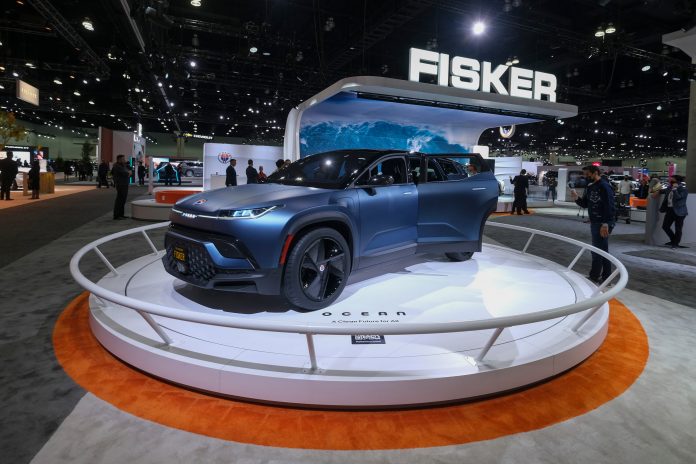In its quarterly financial report, Fisker announced it was cutting its yearly production goal of 42,400 units to a range of 32,000 to 36,000 units, the latest in a series of goalpost shifts from electric vehicle manufacturers in 2023.
The EV brand reported a total quarterly loss of $120.6 million and revenue of $198 million. While its loss remains consistent with the year prior, the automaker’s revenue is substantially increased from Q1 2022, which saw a total of $12 million. Both numbers are lower than the previous quarter’s loss of $178 million and $306 million in earnings. Fisker attributed this year’s unfavorable balance sheet to higher research and development costs throughout the first quarter. For the remainder of 2023, the company expects to spend between $535 million and $610 million, a budget it believes may yield a profit if expenses remain level.
While Fisker has yet to officially report its production numbers for the first quarter, its new target comes with forecasts for the next three quarters. For Q2, the company expects to build 1,400 to 1,700 vehicles, after which it “expects to have a steep ramp up in Q3, followed by a monthly run rate of approximately 6,000 vehicles for the rest of the year.” Adding the maximum number expected in the current quarter and the 6,000 per month anticipated in Q4 yields 19,700, meaning its unannounced Q1 and undefined Q3 totals would need to equal 16,300 combined to meet the 36,000 limit. Comparatively, the EV manufacturer initially predicted it would build 800 units over Q1, 8,000 over Q2, 15,000 over Q3 and 19,100 in Q4 for a total of 42,400.
Fisker is among several EV brands that have been forced to reconsider their goals in the wake of minimal demand. With Tesla continuing to dominate the electrification space and legacy automakers making sizeable gains in market share, little room is left for smaller manufacturers such as Lucid and Lordstown. Although the first quarter did bring some positive news for electric car startups, all have yet to break through the car business’s powerful barriers to entry.




